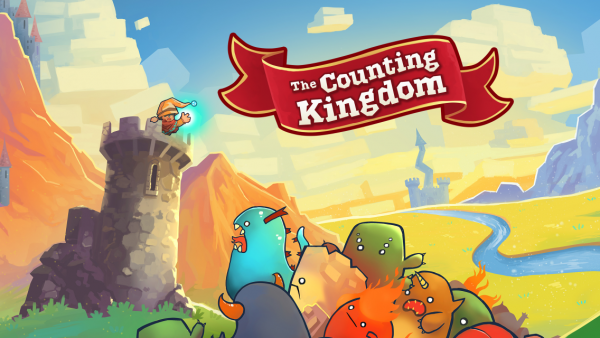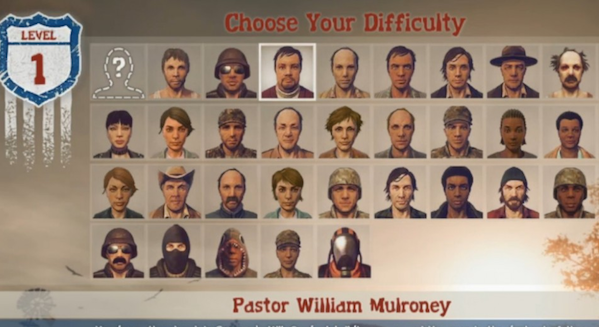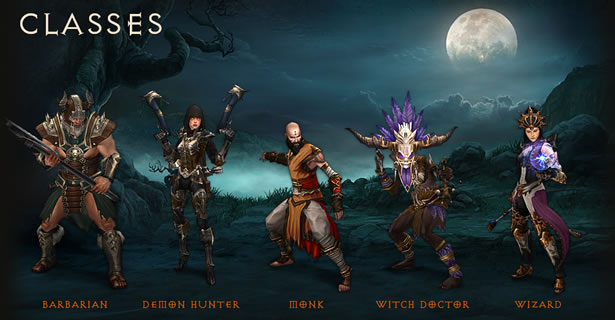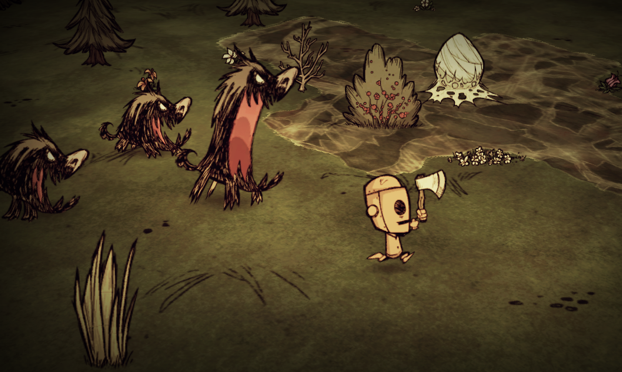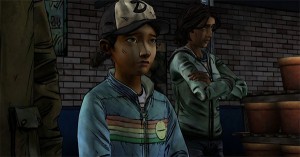
With the third installment of the second season of Telltale Games’ take on the powerhouse Walking Dead franchise, the game seems to have finally hit its whole stride. This isn’t to say I didn’t love the first season, or the previous episodes in the follow-up, but the latest in the series feels more mature, more intense, and more fully realized than many of the episodes that came before, and there are two major reasons for the leap forward: the feeling, at last, that some choices matter (whether or not they do, but we’ll get into that), and the fact that this episode was light on half-baked action sequences.
Since you can’t much talk about the Walking Dead without talking about what happens, it goes without saying that spoilers abound.
When last we saw young Clementine and the newly banded group of survivors she was with, they were being marched off to certain pain by Bill Carver, the leader of a mysterious group of survivors. Carver, hell-bent on control and voiced by the great and gravelly Michael Madsen, has come to retrieve something he believes is his: Rebecca’s unborn baby, and the survivors who fled with her from their group. To this point, we hadn’t learned much about that group—not its size, scope, or location—but after a brief ride in a truck, and a bad decision by Kenny, we’re taken to a fortified home improvement store that houses a group of survivors larger than we might have guessed from earlier clues. And, surprise! There are a few familiar faces around for those who played the 400 Days DLC.
One of those survivors appeared last episode: Bonnie, who always makes the same choice at the end of the DLC to go with Tavia, the woman who appears to bring the group to an enclave of survivors. I assumed then that something had happened to Tavia’s group, something we would learn about. After all, Tavia seemed okay, and Bonnie’s new allies? Less so. Bonnie herself was hardly recognizable from the hesitant, accidental killer in 400 Days. But one of the first things we learn in In Harm’s Way is that the groups are one and the same. Tavia’s settlement is Carver’s, and things aren’t so great after all. Theirs is a community built on forced labor, imprisonment, possible sexual violence (there are clues in this episode beyond the question of Rebecca and Carver’s relationship), and murder.
In short, things are not so good for Clementine and company. But I felt a difference in Clementine that really seemed to have come about because of my decisions thus far in this season. For the first time—in both seasons—I felt like my choices mattered, if only a little. My Clem is cautious, not very trusting, but kind to those who can’t help themselves, and loyal once her trust is won. Here, it felt like those qualities mattered. Further, from reading about the determinants on the episode, it seems a few of my previous choices, including some from 400 Days, affected real decisions I made here about how best to navigate the tenuous situation in Howe’s Hardware.
As much as I love the Walking Dead, I’m always very aware that certain things are going to play out regardless, but it’s still frustrating when a choice I would make isn’t an option. Here, there’s less of that, and that’s gratifying, a part of why the choices felt important. And from reading, knowing that something didn’t happen that might have changed my Clem’s mind about some things… that’s interesting, and I hope there’s more of it in the episodes that follow.
But the best part of this episode, for me, was the the action sequences were limited. This allowed a deeper focus on the story, with fewer distractions. No matter how you slice it, these games are not so much adventure games as simply interactive stories and my ability to press or not press a particular button when the command flashes on the screen has never added much for me. The controls, at least on the Xbox 360, are lacking and inconsistent, and overall, I find the action sequences in many of the episodes tacked-on and tiresome. It’s difficult to describe how I feel about the action in the Walking Dead without comparing it to writing, and reading, fiction. When we encounter a moment that feels forced, when we are reminded that beyond the page, there is an author pulling strings, it takes us out of the story. Many gamers aren’t much bothered by those moments when the mechanics of a game intrude in an obvious (and clunky) way, but it’s always something that’s bothered me, and it’s a problem the Walking Dead has suffered severely. It breaks the experience, the immersion, and Telltale’s take on the Walking Dead is about creating an experience. Here, however there are only a action sequences, and they’re so integrated that in the final intense moments, events naturally unfolded—even the action. One encounter with walkers mid-episode still felt a little off, but for the most part, this was the most seamless and well-produced episode yet, in my opinion. If your interest has flagged at all, this episode’s sure to pull you right back in, and if you’re already a dedicated fan, go play it already. Necessities like food, shelter, boarding up the windows? That can all wait.

